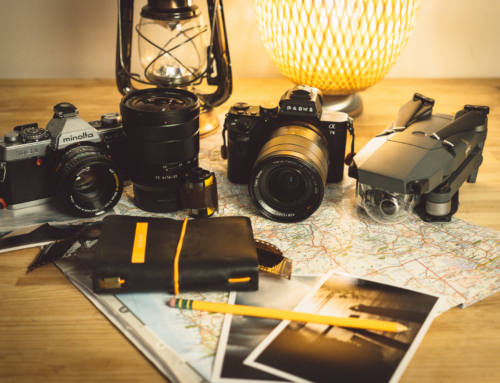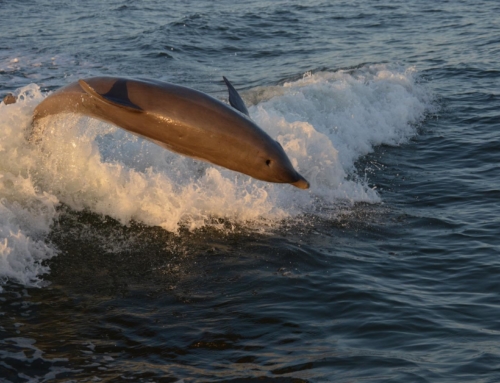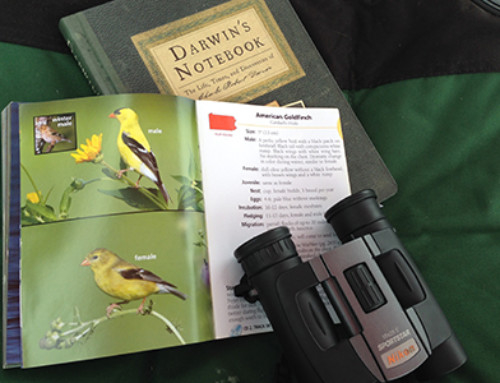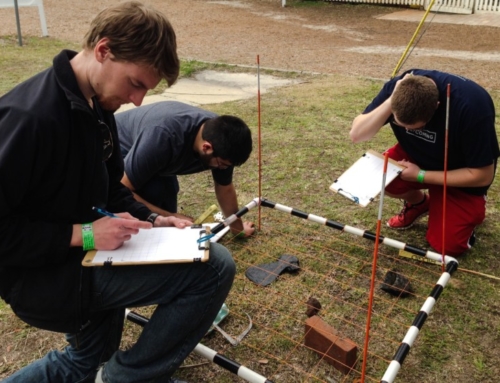We purchased a Precision 15K in March 2006 after investigating small, trailerable boats that we could tow with our Chrysler Sebring. We can only tow 1,000 pounds, so the boat had to be light. As new sailors, however, the boat also had to be seaworthy.
After learning how to sail (read about it here), We began to search for a new trailer sailer in winter, narrowing our choices to a few lightweight dinghies that included a Hunter 17 and the Precision 15. Backyard Boats in Annapolis, but ended up going to the Backyard Boats dealer in Virginia.
The first place we sailed was Rose Valley Lake in the mountains of Northcentral Pennsylvania. This 25-acre lake is about 25-feet deep in the center. It is a popular fishing spot, and, in the summer, the Rose Valley Yacht Club hold Sunday afternoon races.
When we visited Backyard Boats, we toured the lot and saw several dinghies. We had read somewhere that the H17 is a bit tender, capsizing in weather. We agreed that a keelboat with a little ballast would be better for us since we didn’t have much experience.
This is a beautiful boat and we’re enjoying learning how to sail on her. Soon, we will move up to a slightly larger, small boat that we will sail on the lakes and the
This wonderful, 15-foot sloop is an excellent starter boat. We’ve only sailed on freshwater lakes — never in salt water. It comes with galvanized 2006 Performance tilt trailer. It’s a comfortable daysailer with fixed, lead-ballasted keel and factory colored sails with the roller-furling jib.
We have a 3.5 hp Tohatsu outboard, but we augmented the boat with an electric trolling motor and marine battery for some of the freshwater lakes in Pennsylvania do not allow gas-powered engines.
We installed a three-step, folding swim ladder mounted to transom since sailing on the lake can mean variable winds, sometimes unexpected gusts. Yes, we have capsized the P15 — once. It was our first time on the boat and we were determined to sail despite the deteriorating weather. Winds up to 30 knots swept the lake, so we went swimming. We have installed a masthead float now and check the weather carefully before heading out. The float may be a little goofy looking, but we won’t turtle the P15 next time.
We’ve also added a tiller stay, which is handy for raising sails and also just steering. This boat is so responsive that the slightest touch can change its trajectory. A tiller stay helps us keep on course when we’re distracted with other chores. I use flexible foam twists as sail ties. These are awesome additions and are easy to use and reliable
Precision 15K Specs
- LOA -15′
- LWL — 13′ 9″
- Beam — 7′
- Keel — 1′ 9″
- Displacement — Keel 600 lbs.
- Ballast, Keel — 250 lbs
- Sail area — 130 sq. ft.
- Mast height above DWL — 25′ 4″
- Designer: — Jim Taylor
- Hand laminated fiberglass construction
- Vinylester resin hull skin coat
- Foam flotation
- 9 ft. 4 in self bailing cockpit
- Large forepeak locker w/watertight door
- 6 mooring cleats
- Kick-up rudder
- Tiller extender
- Harken ball bearing blocks
- Jib track with cars and harken cam cleats
- Harken boom vang
- Anodized mast and boom
- Hinged mast step
- Stainless steel standing rigging
- Dacron running rigging
- Stainless steel bow eye
A review by Bob Perry says this about the Precision 15K:
“An ideal trainer or family daysailer, providing both versatility and up-to-date performance. The cockpit is 9 feet, 4 inches long and the side decks are wide enough for comfortable hiking. The side decks will also help prevent swamping in the event of a knockdown. No centerboard means no centerboard trunk to interfere with the cockpit. The rig is a simple sloop rig with swept-back spreaders. It doesn’t get any more basic than this. There is a mainsheet traveler, and some attention to the vang is all that’s needed to take care of leech tension. Jib lead tracks are adjustable for close sheeting angles.”














